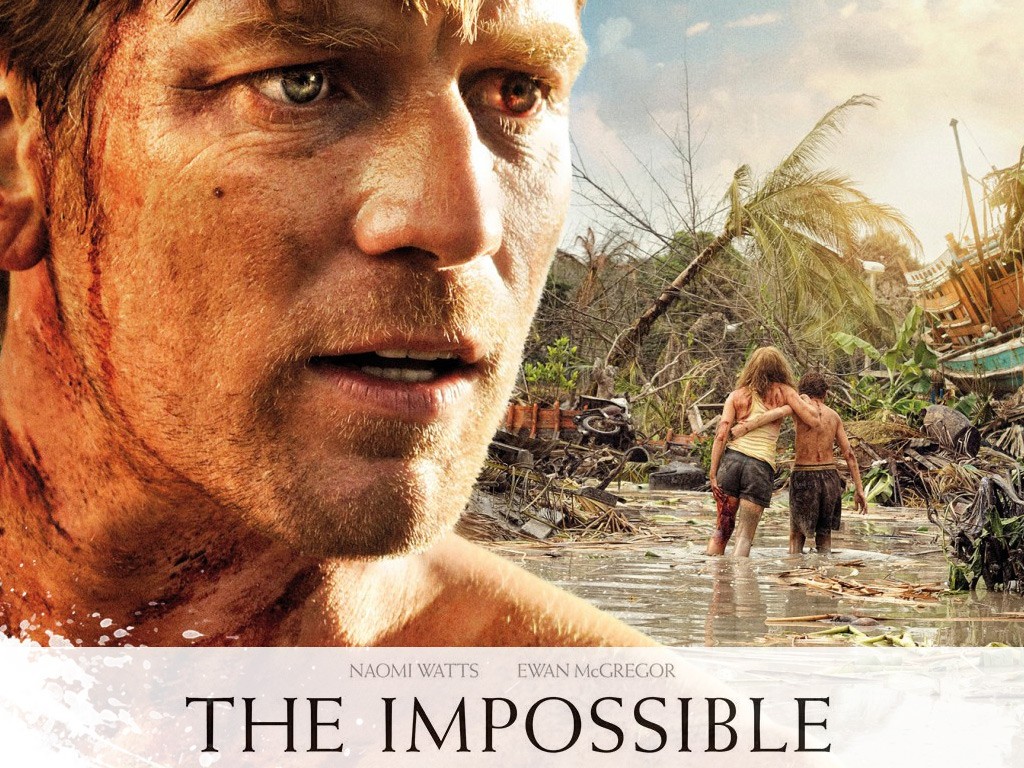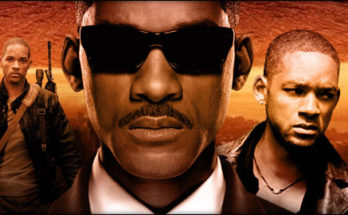Tales based on a true story can easily fall into the trap of dry storytelling with few emotional hooks or pure sentiment with even fewer moments of excitement for moviegoers. “The Impossible” manages to avoid these pitfalls but is still afflicted by the occasional hiccup common to the genre. Those looking for an action-adventure film may not immediately be enraptured by the story, but it builds nicely from a dramatic base and encompasses many elements familiar to fans of action and thriller movies.
“The Impossible” tells the story of a family that survived the 2004 tsunami in Thailand. The movie focuses on Henry (Ewan McGregor) and Maria (Naomi Watts), from their arrival in the island nation to their final departure to Singapore after the harrowing events. The couple’s children (portrayed by Tom Holland, Samuel Joslin, and Oaklee Pendergast) also go through a growth period and face traditional coming-of-age challenges throughout the film. The family sustains injuries as a result of the floodwaters and the resulting unstable environment. The family also faces separation and learns firsthand the potential consequences of Christmas travel to a nation without the best in first-world healthcare.
The acting in “The Impossible” is top-notch. McGregor’s portrayal of a well-to-do European father avoids cliché and instead provides a key emotional hook for many moviegoers. Likewise, Watts delivers an excellent performance, showing how a woman of means may find herself a fish out of water in completely unfamiliar circumstances. The children have much smaller roles than the parents, but Holland, Joslin, and Pendergast all deliver meaningful performances. The cameo of Geraldine Chaplin stands out as one of the best-delivered scenes in the movie and as a point where both acting and cinematography blend together brilliantly. The Thai people who played supporting actors in a few of the scenes, many of whom are not credited, steal the show on more than one occasion. The most heartfelt performances seem to come not from the actors, but from those living in Thailand during the filming of the movie.
Cinematography is another area where the movie shines. Viewers are likely to feel themselves stranded along with the main characters in a foreign land with no access to immediate medical care and relying on the goodwill of complete strangers. The camera angles and transitions are very smooth, creating a sense of cinematography that may stand the test of time and make this film a classic within its genre.
The screenplay only tangentially follows the original story, however, replacing some characters and background stories in such a way as to resonate more with affluent European or American viewers. The writing falls flat on occasion, primarily due to the time constraints of a movie when characters occasionally have epiphanies that do not always flow naturally from the story told on the screen. The character buildup is not nearly what one would expect from a novel or standard docudrama, but this is likely the result of paring down the screenplay to fit a shorter timeframe. This is more or less forgivable, however, as the story is still gripping emotionally and only occasionally suffers from these moments.
The film’s directorial choices seem a little jarring. The decision to cast an almost entirely Caucasian set of actors in roles that were originally filled by dark-skinned Spanish men, women and children, or by and large avoid stories and events involving the Thai inhabitants, may strike an off chord for those familiar with the original story or events surrounding the tsunami. The actors sometimes deliver lines in a manner that seems out of place, though this may be a matter of showing just how helpless the normally affluent characters are when faced with such trying circumstances. It is not clear, however, if the director wished this to occur or if it is a minor happenstance. The direction does begin to shine toward the film’s climax before the family is whisked away to Singapore for modern medical care. Overall, the director does a good job of telling a cohesive story.
“The Impossible” is likely to set the standard for cinematography and acting in action films based on a true story. The occasional hiccups are not enough to keep it from being a good film, though those who do not like the docudrama style of storytelling may not find it as endearing as those looking for a genre piece. The film will likely find followers among docudrama fans but may struggle to reach action or thriller aficionados. “The Impossible” makes a great movie choice for an evening with close friends or other fairly somber social occasions.



